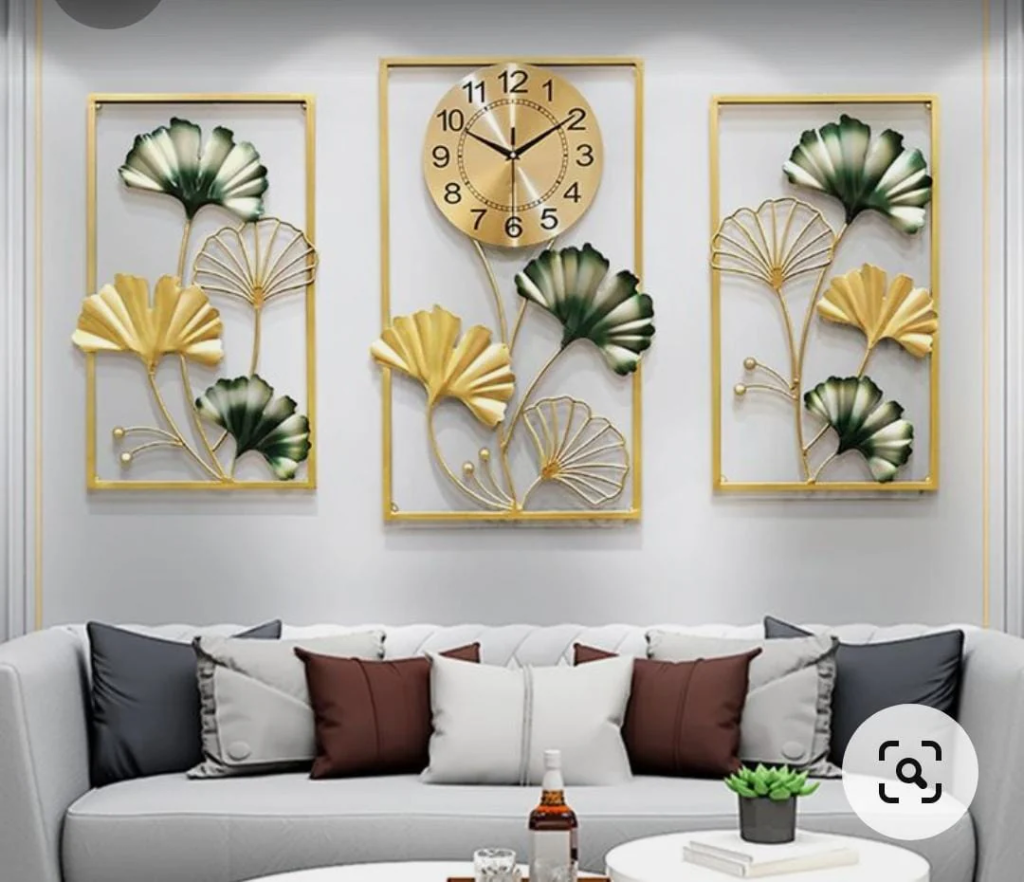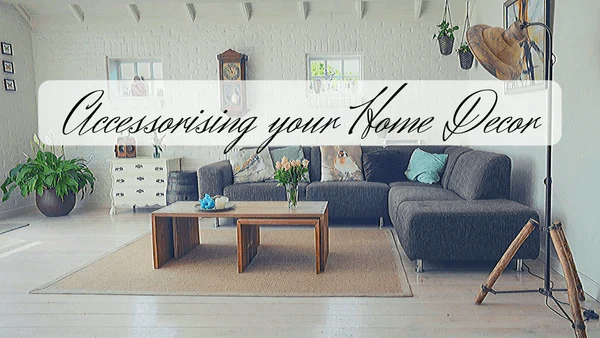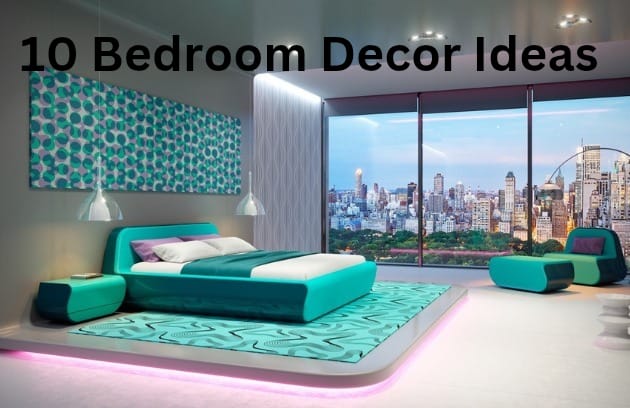When it comes to home decor, every element counts. From furniture to accessories, every piece has its role in creating a cohesive, aesthetically pleasing living space. Among these elements, the wall clock is often overlooked or relegated to a utilitarian role. However, the right wall clock can be a game-changer, offering both function and style to your living room. In this post, we’ll explore the beauty and significance of a simple wall clock, its impact on living room decor, and how to select the perfect one for your home.

The Timeless Appeal of a Simple Wall Clock
In the fast-paced world of home décor trends, there is something undeniably timeless about a simple wall clock. In an age of smartphones and digital devices, wall clocks may seem almost obsolete. But far from being outdated, the humble wall clock continues to hold significant aesthetic and functional value in modern interiors.
A simple wall clock offers the perfect balance of elegance and minimalism, effortlessly blending into any room. Its unassuming nature means it can seamlessly fit into various design styles, whether your living room leans toward contemporary, rustic, minimalist, or even industrial aesthetics. The beauty of a simple design is that it doesn’t overpower the space but rather complements it, bringing a sense of calm and order to the room.

The Role of a Wall Clock in Living Room Design
A living room is often the heart of a home, a space for relaxation, conversation, and entertainment. As such, it should reflect the personality and tastes of its inhabitants while also serving as a functional area. A simple wall clock can act as both a functional and decorative element that enhances the overall design of the room.
- Functional Element: The primary function of a wall clock is to tell time. While most people rely on their phones or smart devices for timekeeping, a wall clock still provides a traditional and reliable way to check the time at a glance. In the context of a living room, having a clock mounted on the wall ensures that no matter where you are sitting, you can quickly and easily see the time.
- Focal Point: A well-chosen wall clock can serve as a focal point in the room. While living room walls often feature art or photographs, a striking yet simple wall clock can add a unique visual interest. Its placement, size, and design can draw the eye, subtly guiding the viewer’s gaze to a particular area of the room.
- Timeless Design Element: As mentioned earlier, a simple wall clock is a design element that remains timeless. Its neutral, uncomplicated appearance ensures that it will never go out of style, making it an ideal choice for homeowners who prefer classic, enduring décor over trendy, short-lived designs. A simple clock doesn’t age with time; instead, it enhances the room’s aesthetics and adds charm over the years.
- Complementary to Other Décor: Wall clocks are versatile accessories that can complement existing décor themes. A sleek, minimalist clock pairs beautifully with modern, clean-lined furniture, while a vintage-style clock can evoke warmth and nostalgia in a more traditional or rustic setting. Regardless of the design direction you take, a simple clock is adaptable enough to fit within various environments, providing harmony without overshadowing other pieces.

Types of Simple Wall Clocks for Your Living Room
Now that we’ve established the importance of a wall clock in living room décor, let’s delve into the types of simple wall clocks you can consider for your home. Whether you’re drawn to minimalism or classic design, there’s a clock for every taste and preference.
- Analog Clocks: The classic analog wall clock is the most traditional type of wall clock. Its design typically features hour and minute hands, sometimes accompanied by a second hand. These clocks can range from very simple to highly intricate, but at their core, they remain understated and easy to read. Analog clocks are ideal for a wide range of living room styles, from mid-century modern to farmhouse or Scandinavian interiors.
Design Features to Look For:- Clean, easy-to-read numbers
- Neutral or muted colors (black, white, or metallic finishes)
- Minimalist hands (thin, long, and graceful)
- Subtle textures like wood or metal for added warmth or sleekness
- Digital Clocks: While digital clocks are often seen in kitchens or offices, they can also be an effective option for modern or industrial-style living rooms. The sharp, clear numbers make them easy to read from any angle. A digital clock offers a contemporary aesthetic, particularly when paired with minimalist or tech-inspired décor.
Design Features to Look For:- Large, illuminated display with a modern font
- Sleek, thin borders (metal or acrylic)
- Monochromatic color schemes (black and white or bold, contrasting colors)
- Wooden Clocks: For those who appreciate rustic charm, a wooden wall clock can add warmth and a touch of nature to your living room. Simple wooden clocks often feature clean lines and a neutral wood finish that complements a range of color palettes. Whether it’s a pale oak clock or a rich walnut piece, a wooden clock can create a calming, grounded feel in your living room.
Design Features to Look For:- Natural wood tones (light or dark)
- Simple numerals (or even a clock without numbers)
- A focus on organic materials and finishes
- Minimalist Clocks: A minimalist wall clock is the epitome of understated elegance. It typically focuses on clean lines, simple shapes, and a quiet color palette. Some minimalist clocks may have no numbers at all, with just the hour and minute hands marking the passage of time. These clocks allow your living room to remain uncluttered while making a subtle design statement.
Design Features to Look For:- Simple, geometric shapes (round or square)
- Lack of numbers or markers
- Neutral colors (white, black, gray, or metallic finishes)
- Slim, thin hands
- Mid-Century Modern Clocks: If your living room décor embraces mid-century modern aesthetics, a simple wall clock can capture the essence of this style. Mid-century modern clocks often feature sleek lines, bold color accents, and starburst designs, which are both fun and sophisticated. Despite their unique design elements, these clocks maintain simplicity through the use of geometric shapes and subtle detailing.
Design Features to Look For:- Bold, minimalist shapes (often with radial symmetry)
- Wooden or metal elements combined with vibrant color accents
- Unique yet subtle markers, such as dots or thin lines

How to Incorporate a Wall Clock into Your Living Room Décor
Once you’ve selected the perfect simple wall clock for your living room, it’s time to think about where and how to incorporate it into your space. Here are a few tips on placing and styling your clock to enhance your living room’s overall design:
- Placement: The placement of your wall clock is crucial for ensuring it complements your living room’s layout. You can place it as the focal point above the sofa, on an empty wall, or beside a bookshelf for a more balanced look. If you have large walls, consider a larger clock to make a statement. If you’re working with a smaller space, a medium-sized or compact clock will keep the room from feeling overwhelmed.
- Balance with Other Décor Elements: A wall clock should enhance the room’s décor, not compete with it. Avoid placing a clock in a cluttered area, as this could detract from its design. Instead, allow it to stand out in a more open space, where it can be admired without being overshadowed by other accessories or furniture.
- Coordinate with Color Scheme: Choose a clock that complements your living room’s color scheme. If your space has neutral tones, a simple black or white clock with sleek hands will fit perfectly. If your living room features a more eclectic or vibrant design, consider a clock with a splash of color or texture that coordinates with the existing palette.

Conclusion
A simple wall clock is far more than just a timekeeping device; it’s a functional and beautiful element that can elevate your living room décor. Whether you opt for an analog, digital, wooden, minimalist, or mid-century modern style, a wall clock has the power to enhance the overall atmosphere of your space. It can serve as both a decorative focal point and a practical addition, ensuring that your living room remains stylish and organized. By thoughtfully selecting and placing the right wall clock, you can create a harmonious, timeless environment that reflects your taste and lifestyle.





